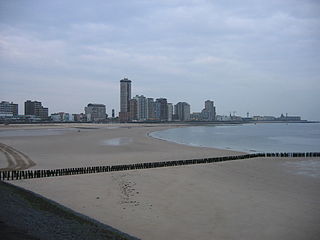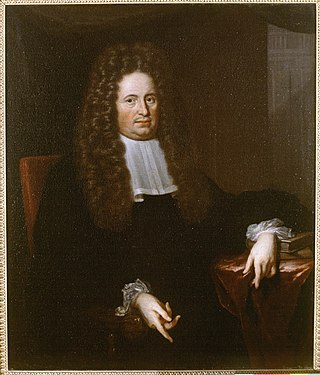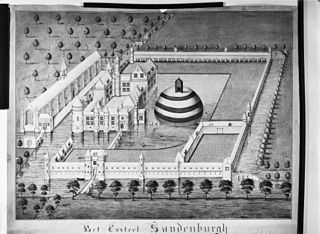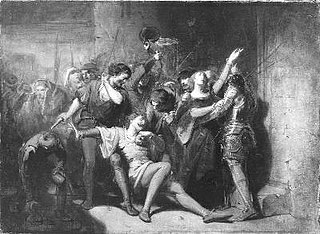
Middelburg is a city and municipality in the south-western Netherlands serving as the capital of the province of Zeeland. Situated on the central peninsula of the Zeeland province, Midden-Zeeland, it has a population of about 48,000.

Veere is a municipality with a population of 22,000 and a town with a population of 1,500 in the southwestern Netherlands, in the region of Walcheren in the province of Zeeland.

Vlissingen is a municipality and a city in the southwestern Netherlands on the island of Walcheren. With its strategic location between the Scheldt river and the North Sea, Vlissingen has been an important harbour for centuries. It was granted city rights in 1315. In the 17th century the roadstead of Vlissingen was a main harbour for ships of the Dutch East India Company (VOC). It is also known as the birthplace of Lieutnant-Admiral Michiel de Ruyter.

Oostkapelle is a village in the Dutch province of Zeeland. It is a part of the municipality of Veere, and lies about 9 km north of Middelburg. Oostkapelle was a separate municipality until 1966, when it was merged with Domburg.

The Battle of Zwartewaal was a decisive naval battle during the Hook and Cod wars.

Jacob Boreel was a dutch ambassador in France, sheriff and burgomaster of Amsterdam in 1696. He Held the titles knight and Vrijheer of Duinbeek, Westhoven, Sint Aecht und Meerestein.

Theodorus Schrevelius was a Dutch Golden Age writer and poet.

Bicker is a very old Dutch patrician family. The family has played an important role during the Dutch Golden Age. They led the Dutch States Party and were at the centre of Amsterdam oligarchy from the beginning of the 17th century until the early 1650s, influencing the government of Holland and the Republic of the United Netherlands. Their wealth was based on commercial transactions, and in their political commitment they mostly opposed the House of Orange.

The Hoge Raad van Holland, Zeeland en West-Friesland was the supreme court of the provinces of Holland and Zeeland in the Dutch Republic in the period 1582–1795. This court is considered a direct predecessor of the current Hoge Raad der Nederlanden. It played an important role in the formation of Roman-Dutch law, which is still officially regarded as a source of law in South Africa.
Sir Willem Boreel, 1st Baronet was a Dutch diplomat.

Jhr. Johannes Cornelis de Jonge was a Dutch Rijksarchivaris, historian, and politician. He is best known for his encyclopedic Geschiedenis van het Nederlandsche Zeewezen, a naval history of the Netherlands that was based on the Dutch naval archives, a large part of which were destroyed in a fire in the archives of the Dutch Department of the Navy in 1844. By default therefore this history had to come in the place of the lost primary documents.

The Battle of Veere was a small naval battle that took place in late May 1351 during the Hook and Cod wars.

Zandenburg was a famous castle just south of Veere. Nothing remains of it, except some foundations below ground level.

Moermond Castle is a castle in Renesse on Schouwen-Duiveland.

Wolfert I van Borselen was lord of Zandenburg and Polsbroek and regent for John I, Count of Holland.

Baarland Castle is a former castle in Baarland, Netherlands.

Nicolas, Claes or Klaas van Borselen was a younger son of Wolfert I van Borselen. He founded the Van Borselen branch later known as Van Brigdamme.

Floris I van BorselenFlorens de Bersalia was lord of Sint-Maartensdijk and Sint-Maartensdijk Castle, the count's lieutenant in Zeeland and keeper of the seal of Holland.

Ter Hooge Castle is an 18th-century manor in Middelburg. It includes parts of a medieval castle.

Spoors & Sprenger was a trading company in the triangular Slave trade and colonial products between the Dutch West Indies and the Dutch Republic from about 1755 to 1781.




















